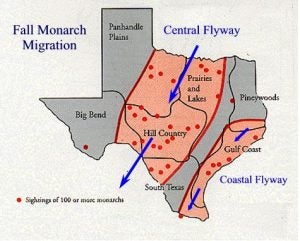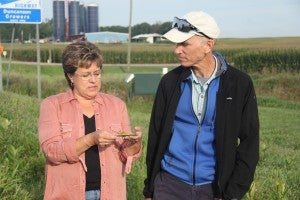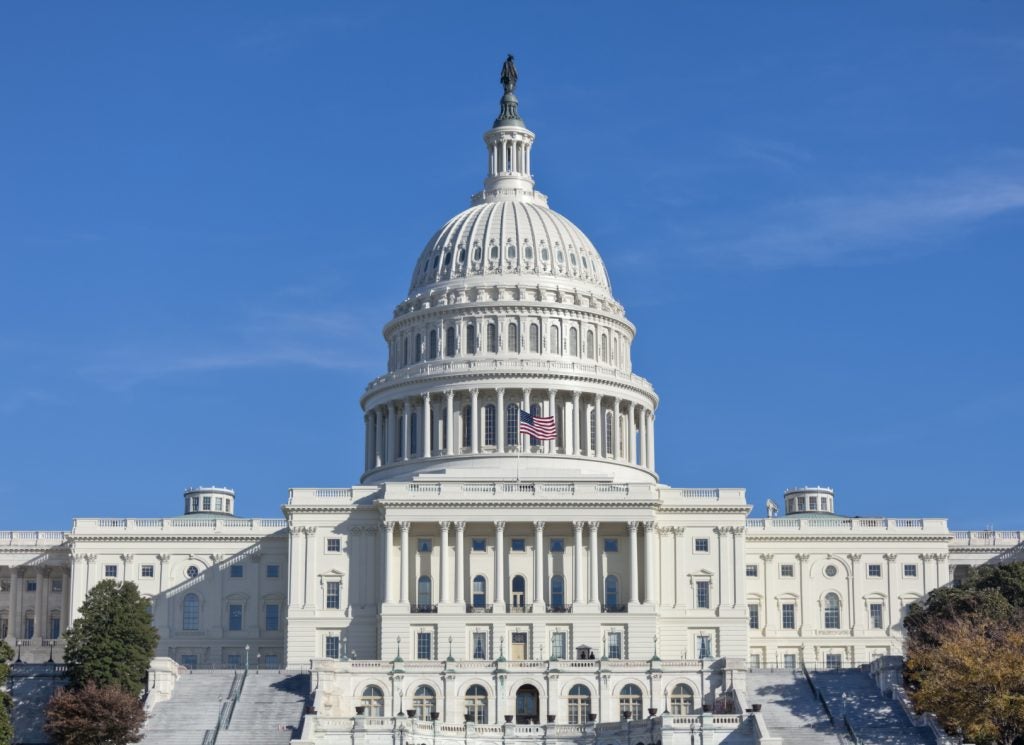
© Dwight Nadig
Taking aim at government regulation is a favorite pastime in Washington, but the Trump Administration and the 115th Congress have upped the ante.
In the course of a few weeks, the House of Representatives voted down a measure to curb methane leaks from oil and gas rigs on public and tribal lands. It also voted to overturn a common-sense rule to prevent coal companies from polluting local streams. Meanwhile, the president signed an executive order requiring the arbitrary removal of two existing regulations for every new one created.
Next in their sights: gutting Environmental Protection Agency programs and possibly repealing the Endangered Species Act.
There’s no question we can improve how we go about implementing environmental laws to ensure they deliver the biggest bang for the buck for people and nature. But as an advocate for the environment and a former policy director at the U.S. Department of Commerce, I find the rhetoric-driven rush to rescind these protections short-sighted – even dangerous. Read More










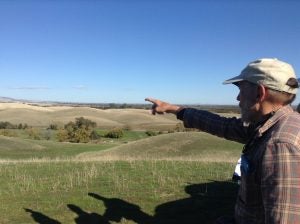

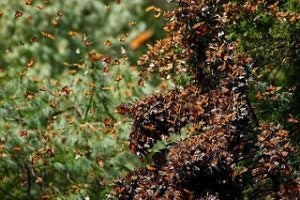
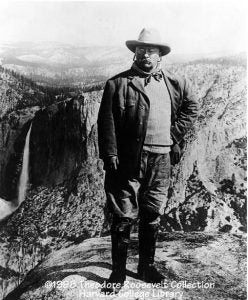
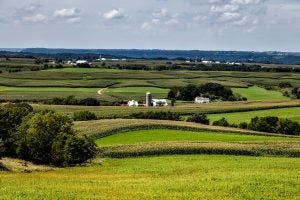 Like all Americans, I woke up on November 9 to a new reality: A few more Democrats in Congress, and yes, a President-elect who promised to dismantle our nation’s core environmental protections.
Like all Americans, I woke up on November 9 to a new reality: A few more Democrats in Congress, and yes, a President-elect who promised to dismantle our nation’s core environmental protections.
